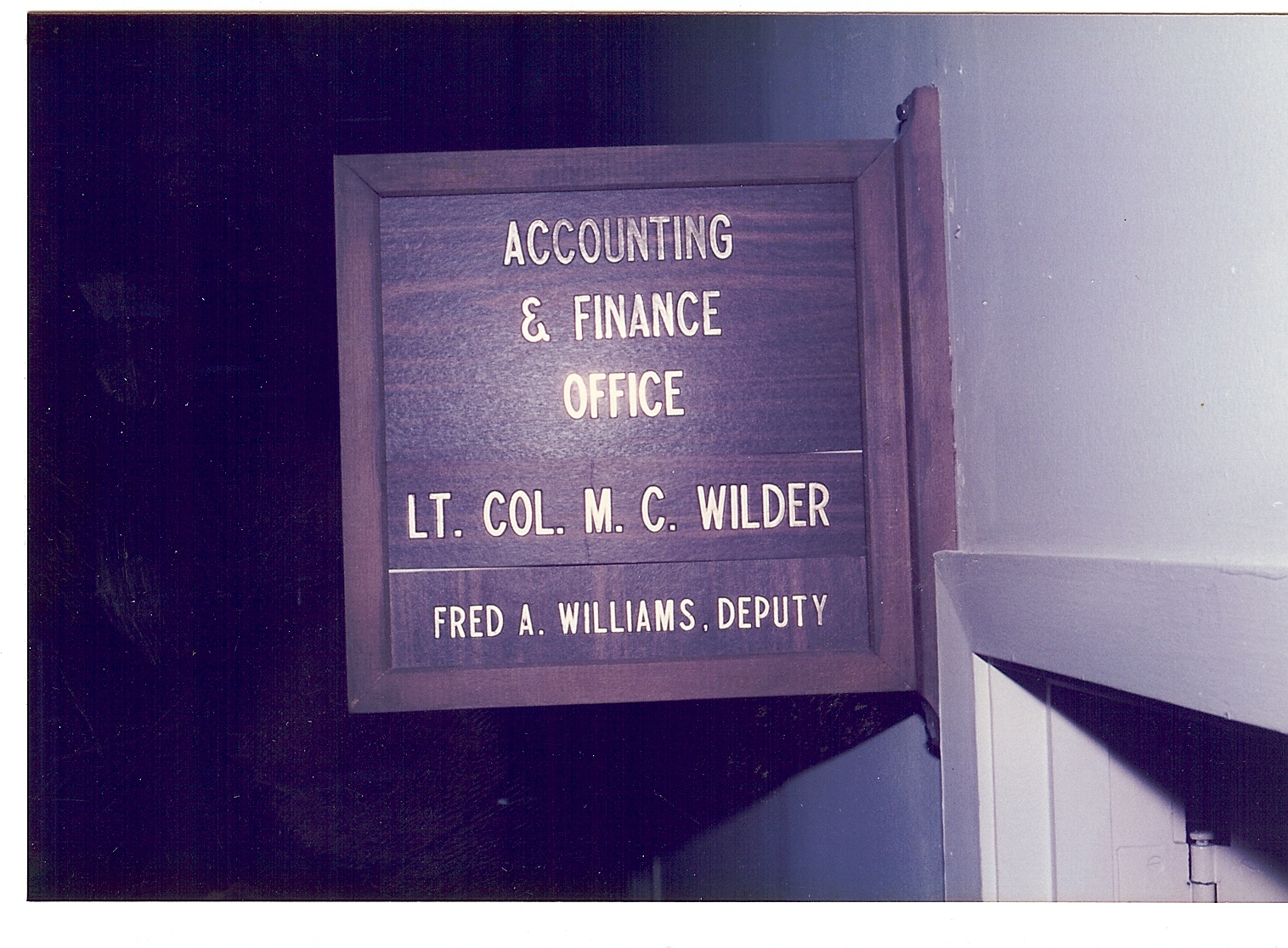Direction vs Strategy
As the leader of your company, it is vital that you get the fundamental distinction between direction and strategy.
You are responsible for both — yet they are different. Here’s the distinction.
Strategy is about the how. Strategy comes from the Greek word “strategos” — the art of the general.
A strategy is often defined as a “plan of action designed to achieve an overall aim.”
If you look at the definition of strategy, you find the word “aim.”
Where does the aim come from?

YOU.
Where to aim is about direction.
I just discovered an amazing definition of direction by the philosopher Martin Buber.
“Direction is that primal tension of the human soul which moves it at times out of the infinity of the possible to choose this and nothing else and to realize that choice through action.”
Let’s break that down:
You feel a tension — a stirring, a desire, a pull, a calling. And this tension is primal — as in first. You feel it before anything else as part of the human soul. As an entrepreneurial leader, this tension is really about your self-expression manifested through your business. It is your entrepreneurial spirit, driven to create, seeking growth and expansion.
This tension moves your soul out of the “infinity of the possible” — all the different things you could do — to choose one thing.
One thing. One direction.
AND NOTHING ELSE.
And then to realize that choice through action. Realizing that choice is where strategy comes in.
A few common mistakes I see among business leaders:
1. Getting the order wrong by working on strategy first. Direction needs to come first.
2. Constraining your thinking about direction from a view of strategy. Rather than considering “the infinity of the possible,” we prematurely narrow our possibilities to a finite set based on preexisting assumptions about what we think is possible. As CEO, take a step back and consider the full infinity of the possible. Of course you need to consider where you are now, but that can come later — as part of strategy.
3. Abdicating on setting direction. You can get a lot of input and advice from inside and outside your company and be extremely collaborative if that’s your style. Yet ultimately, your organization looks to you to articulate the direction and declare “this is where we are going to go.” Without a clear articulation of direction, your organization flounders and strategy is created in a vacuum.
As a CEO, owner, and entrepreneur — recognize that direction is primary.
When the direction is clear, creating strategy is much simpler and more effective.
If the direction is not clear, then you risk wasting a lot of time, energy, and money working on the wrong things.
Are you clear on your direction?
If you’d like help evaluating, choosing, and articulating the direction for your company, schedule a conversation here.
P.S. Next week I’ll discuss two other key components of your direction: context and identity.





